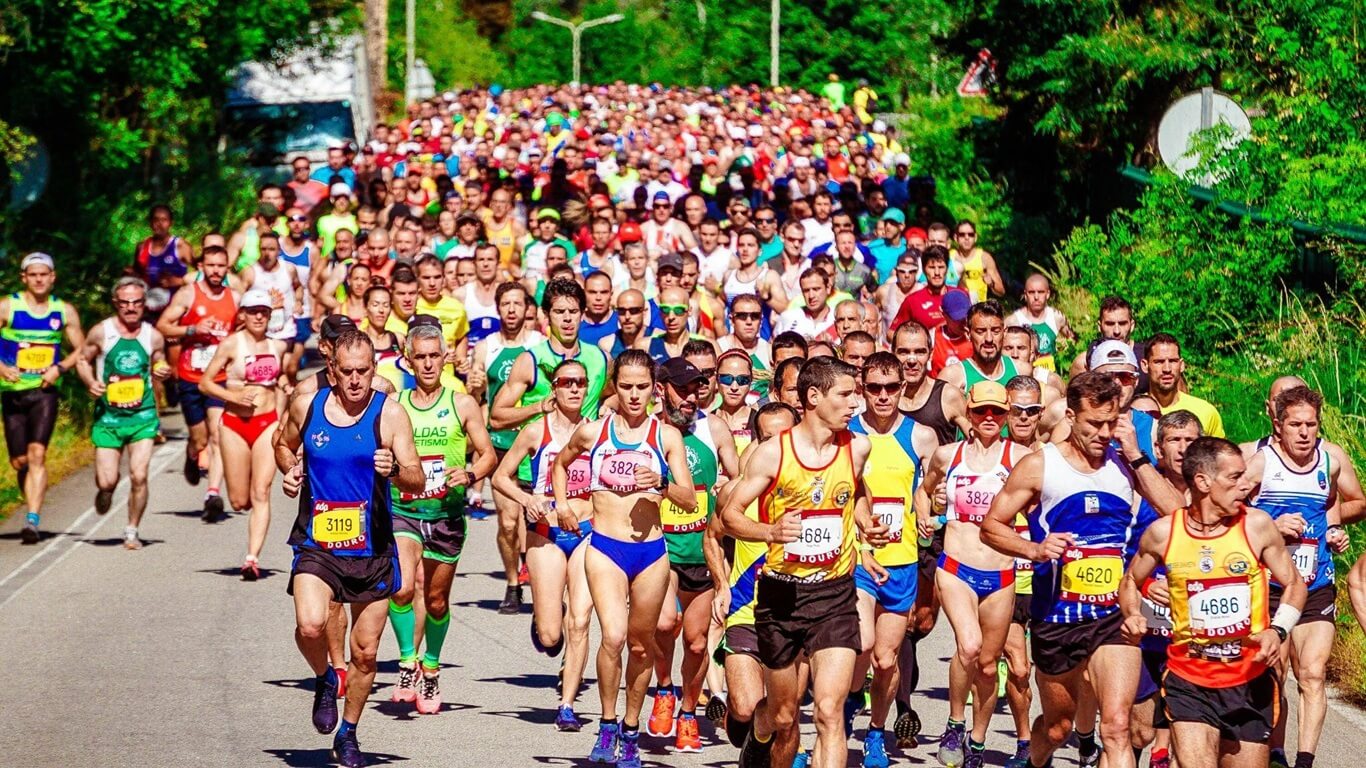Are you an event organizer responsible for planning a marathon? In addition to all the other factors to consider, especially regarding safety, keeping runners hydrated is one of your top priorities.
Proper hydration is one of the most significant factors in a runner’s success. Staying hydrated can mean the difference between finishing and not finishing the race, and also puts your health in jeopardy if you aren’t hydrated enough. Water intake during a marathon affects the performance and safety of the runners, as well as the reputation of the marathon organizers.
If you’re a marathon organizer, hydration for runners must be one of your top priorities.
How do you make sure runners stay hydrated during your race?
Importance of Hydration
Hydration is one of the most crucial factors in maintaining fitness and overall health. You need to stay hydrated daily, but it can become a matter of life and death when you’re engaged in physical activity.
Drinking enough water during a marathon affects both endurance and safety. It also affects how fast you recover after the race. Dehydration and heat exhaustion, which can be exacerbated by certain weather conditions during running, impact both performance and safety. Even a 2 percent drop in body hydration can impair a runner’s performance.
Race participants are relying on marathon organizers to ensure they have access to clean drinking water during the event. This means you need to find a safe, convenient, and effective way to keep runners hydrated.
What Are the Hydration Needs of Your Race?
As you begin planning your upcoming marathon, it’s essential to assess the hydration needs of participants. This means calculating:
- Number of runners and volunteers
- Weather conditions
- Elevation of course
- Availability of cooling areas (artificial and natural shade)
It’s possible to calculate the amount of water needed per runner per hour based on these factors, but it may require experience. It’s always best to err on the side of having too much water, especially if you’re new to marathon planning, to ensure that you aren’t short on what you need.
Course Design
Once you know how much water you’ll need for your event, you can begin planning access and layout. The placement of hydration stations is crucial in a marathon, as it impacts the flow of the race and the ability to stay hydrated.
Most experts recommend staging hydration stations about every 2 to 3 km (1 to 2 miles). This might seem like a lot, but runners are subjected to a great deal of physical exertion, often in harsh weather conditions. Running a few kilometers to your next chance to rehydrate can feel like a long distance when you’re running a marathon.
In addition to the distance between hydration stops, ensure that your stations are clearly marked and easily visible. You’ll also want to consider providing shaded areas for rehydrating and recycling stations for disposing of drinking cups. While some runners might use refillable water bottles, many will prefer to grab a cup of water, drink what they need, and move on with the race empty-handed.
Finally, you’ll want to ensure that stations are as easy as possible to reach, refuel, and proceed with the race. Make sure volunteers are trained in speed and efficiency to support the runners.
Hydration Equipment
What’s the easiest way to ensure that runners have access to clean drinking water during a race?
You have several options for keeping runners hydrated during a marathon. It’s important to choose something that:
- Reduces single-use plastics
- Keeps water cold
- Provides clean water and ensures it stays clean
- Streamlines logistics for runners
Mobile hydration stations help you achieve all of these goals. Mobile stations allow you to set up rehydration areas along the course with ease and convenience. They can also make it easy to monitor water supply throughout the race, so you don’t need to worry about running dry at any of your stop points.
Hydration stations take the stress out of managing water access during a marathon. They keep runners refreshed, organizers confident, and the event running smoothly from start to finish.
Quench Buggy and Your Marathon
Are you ready to upgrade your marathon’s hydration strategy? Do you think Quench Buggy might be right for you? Book a quick call to learn more about renting hydration stations for your next marathon.

